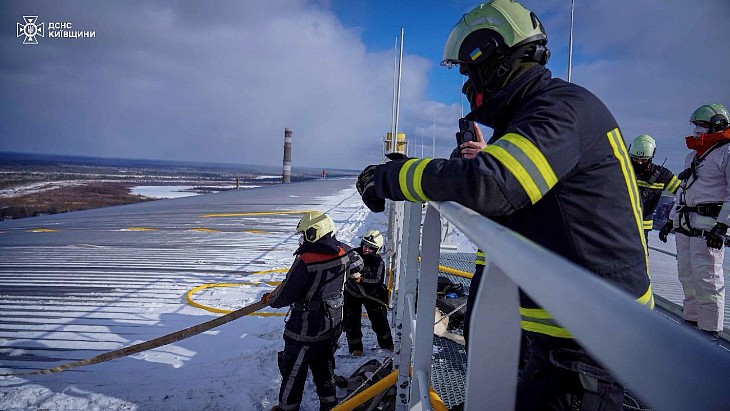Final Japanese research reactor to convert to LEU
.jpg)
Kindai University Teaching and Research Reactor (UTR-KINKI) has been the only research reactor in Japan still using HEU fuel following the removal of all HEU from the Kyoto University Critical Assembly (KUCA), which was completed through a similar collaboration. Following conversion of the reactor to LEU fuel, HEU from UTR-KINKI, like that from KUCA, will be securely transported to the USA for downblending to LEU and/or disposition.
"This new agreement to convert UTR-KINKI - Japan's last HEU-fuelled research reactor - and to remove its HEU is the latest accomplishment in a remarkable year of US-Japan nonproliferation milestones," NNSA Administrator Jill Hruby said during virtual ceremony marking the signature of the memorandum of understanding. "We appreciate our close bilateral relationship with Japan and look forward to announcing the completion of this latest commitment in the coming years."
Removal of the last HEU from KUCA was announced in August, and followed removal of HEU from the University of Tokyo's Yayoi research reactor and the Japan Atomic Energy Agency's Deuterium Critical Assembly and Japan Research Reactor 4 which was completed in March.
UTR-KINKI is an ultra-low power (1 W) light-water moderated thermal neutron reactor specifically designed for university education, training and research. It reached first criticality in 1961.
HEU fuel is enriched to over 20% uranium. Many research reactors built before the late 1970s used HEU fuel - with enrichment levels as high as 98% - because this enabled reactor cores to be more compact, with high neutron fluxes and also longer times between refuelling. HEU targets have also been used in the production of medical radioisotopes. However, HEU is a weapons-useable material, and so is seen as a nuclear proliferation risk.
NNSA's Office of Material Management and Minimisation works with partner countries and institutions around the world to eliminate the need for, presence of, or production of such material, and has to date converted or verified the shutdown of 108 research reactors and medical isotope production facilities, and removed or confirmed the disposition of nearly 7,275 kilograms of weapons-usable nuclear material.









_50521.jpg)


